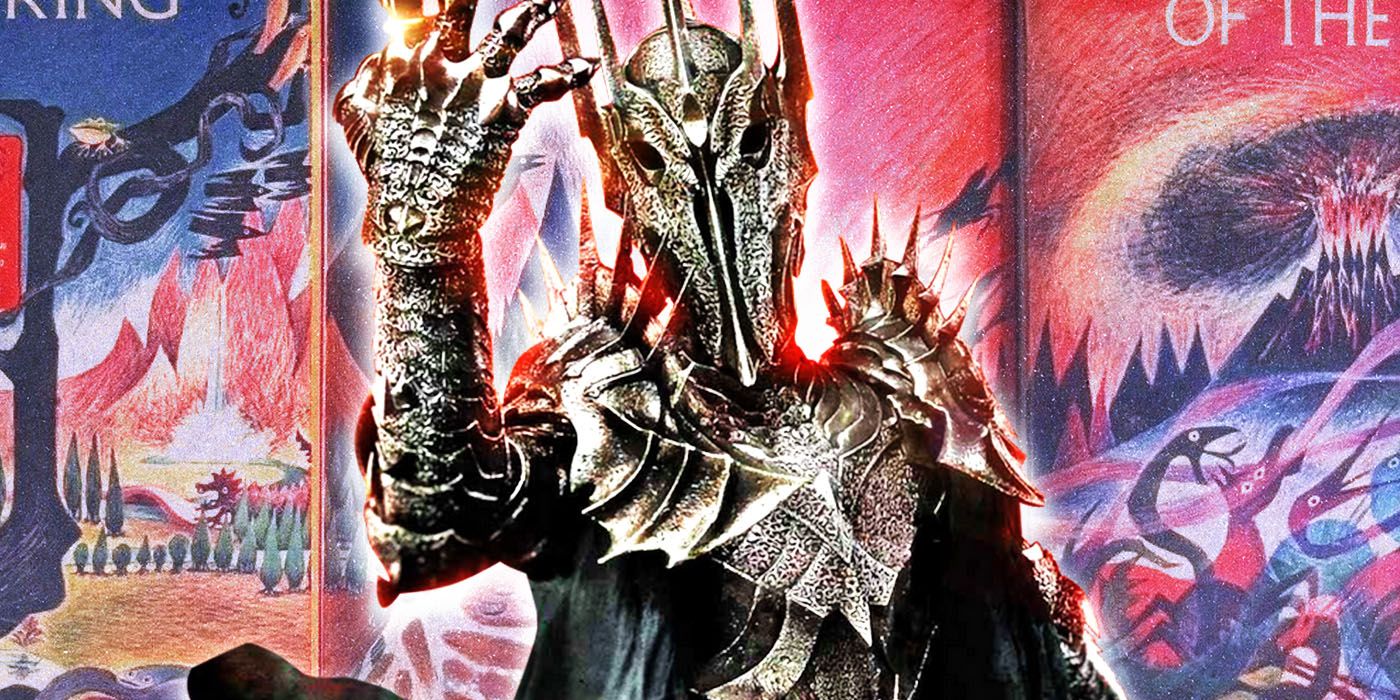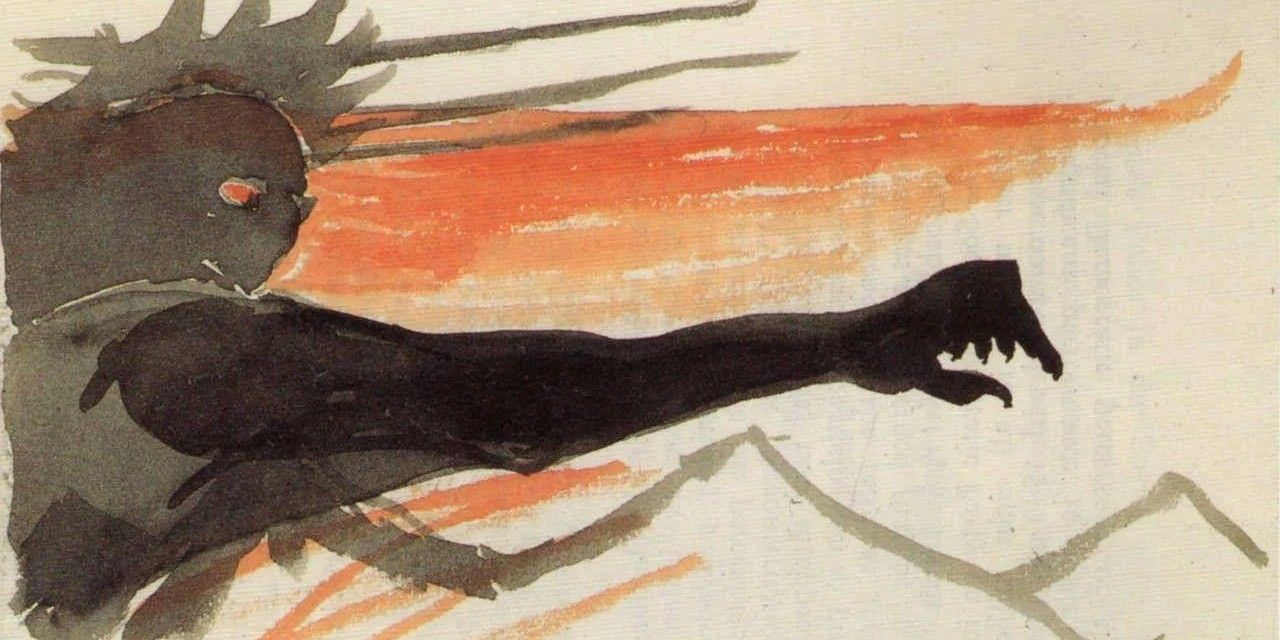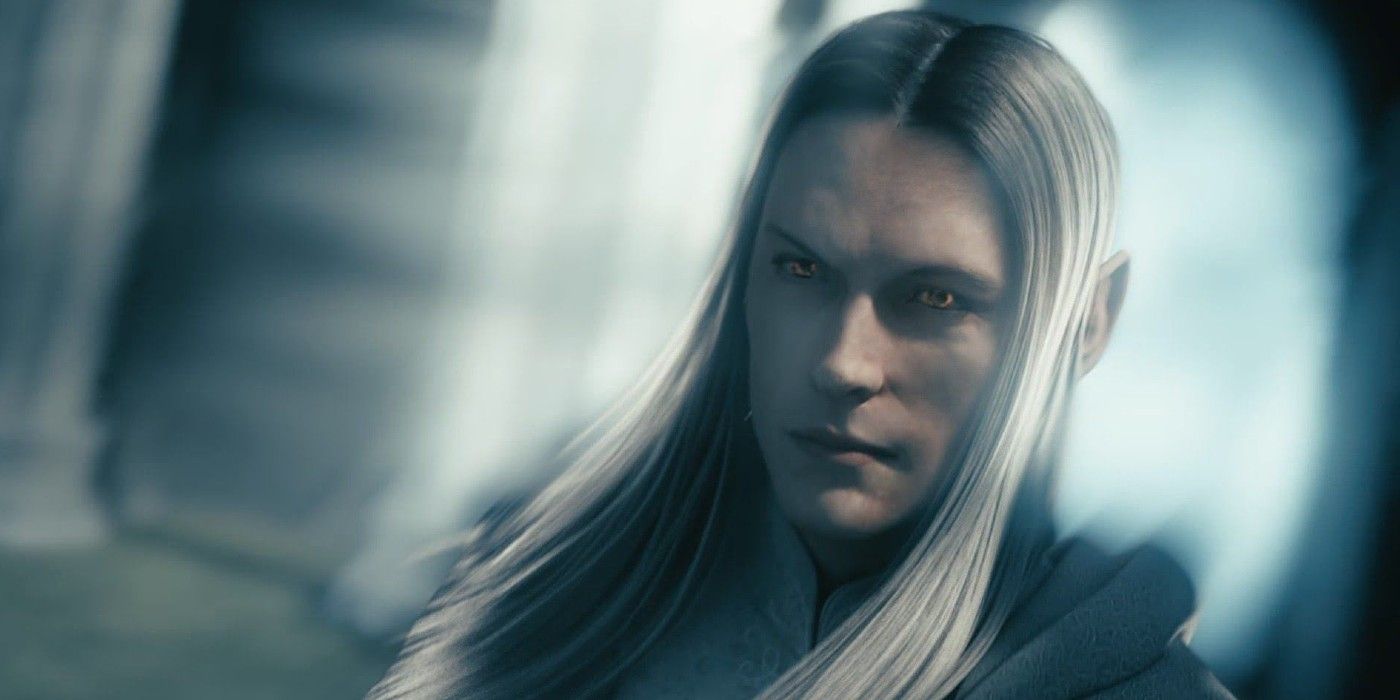The Lord of the Rings
Differences Between Sauron in The Lord of the Rings Books and Movies

Sauron, the formidable antagonist of The Lord of the Rings franchise, stands as one of the most potent and influential villains in literature and cinema. Yet, his portrayal differs significantly between the original books and Peter Jackson’s iconic film adaptations.
Peter Jackson’s acclaimed trilogy, The Lord of the Rings, served as an introduction to the fantasy genre for many viewers, faithfully bringing Tolkien’s epic saga to the silver screen. While Jackson endeavored to remain true to the source material, he made several alterations to enhance the narrative’s cinematic appeal. Among these changes, one of the most notable disparities between the books and the movies lies in the depiction of Sauron’s character.
In Tolkien’s original writings, Sauron is a complex and multifaceted entity, far more than a mere embodiment of villainy. He embodies darkness itself, a malevolent force that pervades Middle-earth, tormenting its inhabitants for millennia. Unlike typical cinematic antagonists, Sauron’s presence transcends physical form, existing as an omnipresent menace that lurks within the shadows and the hearts of men.

In Jackson’s adaptation, rather than relying on a conventional physical manifestation, Sauron is portrayed as a pervasive and intangible force, symbolized by the iconic Eye of Sauron atop the dark tower of Barad-dur. This creative decision imbues Sauron with a sense of omnipotence and dread, evoking fear through his insidious influence rather than brute physicality. While some may debate the fidelity of this portrayal to Tolkien’s original vision, it undeniably adds a layer of ambiguity and mystique to the character, elevating the narrative to new heights of tension and intrigue.
Furthermore, Jackson’s interpretation diverges from the books in its depiction of Sauron’s physical form. While Tolkien’s writings provide scant details regarding Sauron’s appearance, Jackson’s films present him as a towering figure clad in heavy black armor, imposing and fearsome in stature. The infamous Eye of Sauron, while not a literal representation of the villain’s eye, serves as a potent symbol of his malevolence and growing influence, a visual motif that looms large over the entire trilogy.
Additionally, while Tolkien hints at Sauron’s various forms throughout his writings, Jackson’s films offer a more concrete portrayal of the character, albeit still shrouded in mystery. The forthcoming Amazon series, The Rings of Power, may provide further insight into Sauron’s enigmatic nature, potentially offering audiences a more nuanced understanding of the character’s evolution and motivations.

Ultimately, whether depicted as a shadowy presence or a towering figure of menace, Sauron remains a pivotal and enigmatic figure in both Tolkien’s legendary works and Jackson’s iconic adaptations. While each interpretation offers its own unique perspective on the character, they collectively contribute to the enduring legacy of one of literature and cinema’s most iconic villains.
We bring out some of the most well-known The Lord Of The Rings collection, all of which are available at reasonable costs. Visit our link now if you are interested in the The Lord Of The Rings collection


Galadriel, Celeborn, Gollum, Bilbo Baggins, Faramir
